Ending an Ugly Chapter in Chip Design
Cars That Think
APRIL 4, 2023
Discussions at chip design conferences rarely get heated. But a year ago at the International Symposium on Physical Design , things got out of hand. The crux of the clash was whether Google’s AI solution to one of chip design’s thornier problems was really better than humans or state-of-the-art algorithms. Wash, rinse, repeat.

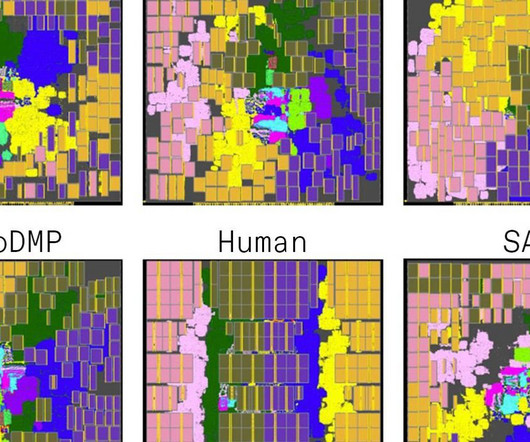
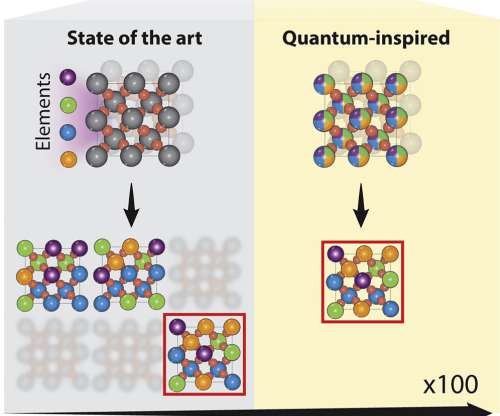

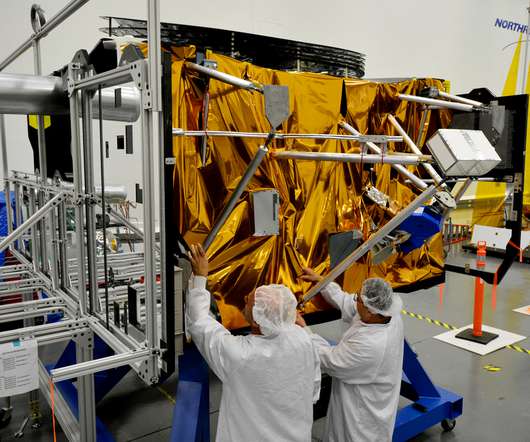
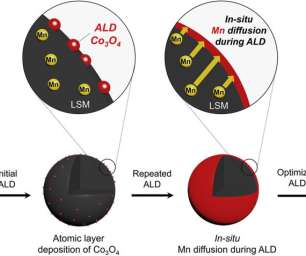
























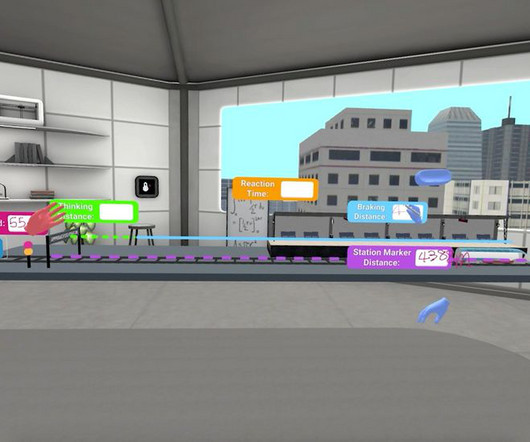



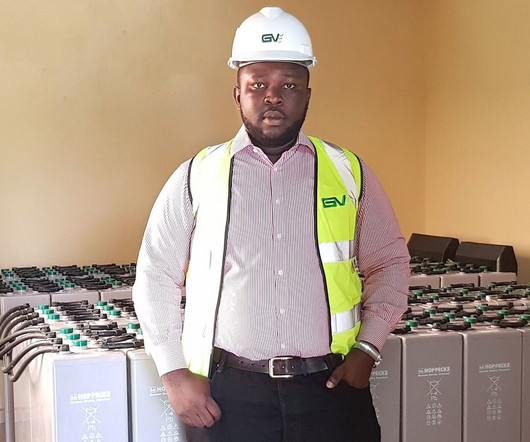
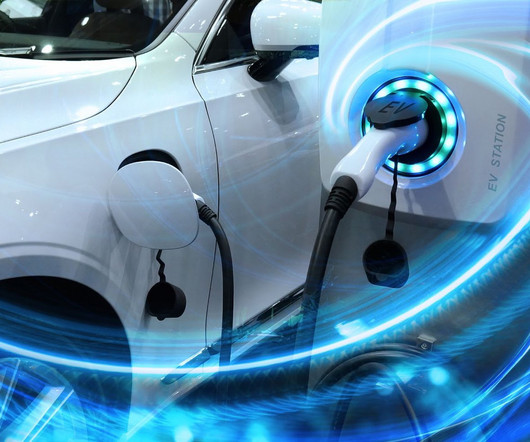












Let's personalize your content